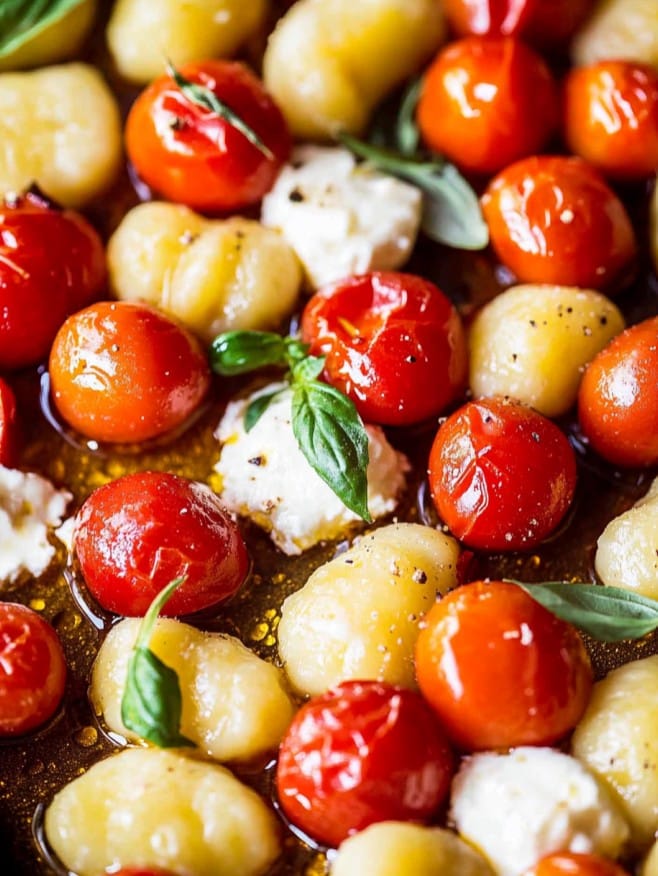This easy homemade sourdough bread recipe is perfect for beginners and experienced bakers alike. Made with just five simple ingredients, it delivers a beautifully crisp crust and a light, airy crumb. With step-by-step instructions and pro tips, you’ll learn how to master the process of naturally fermented bread, making each loaf better than the last.

Cuisine: American
Prep Time: 13 hours
Cooking Time: 1 hour
Total Time: 14 hours
Servings: 1 loaf
Why You’ll Love Making It
- Incredible Depth of Flavor – The natural fermentation process gives sourdough a rich, tangy taste that improves over time.
- Beginner-Friendly – Clear, step-by-step instructions make it easy to follow, even if you’re new to sourdough baking.
- No Special Equipment Needed – While a Dutch oven helps, you can bake this bread with basic kitchen tools.
- Healthier & More Digestible – Naturally fermented sourdough is easier on digestion and contains no preservatives.
- Perfect for Meal Prep – Stays fresh for days and makes amazing toast, sandwiches, and croutons.
Ingredients
- 150g (5.35 oz) active sourdough starter – Well-fed, bubbly, and at peak activity for the best rise.
- 250g (8.80 oz) warm water – Filtered is best, as chlorine can inhibit fermentation. Can be increased to 300-325g for a softer dough.
- 25g (0.90 oz) olive oil – Enhances the crumb, making it lighter and more tender.
- 500g (17.65 oz) bread flour – High-protein flour (King Arthur, Gold Medal, or Pillsbury) ensures good gluten development.
- 10g (0.4 oz) fine sea salt – Strengthens gluten structure and enhances flavor. Avoid iodized salt.
- Fine ground cornmeal or parchment paper – Prevents sticking during baking.
Instructions
Step 1: Make the Dough
In a large mixing bowl, combine the sourdough starter, warm water, and olive oil. Stir with a fork to mix. Add the bread flour and salt, then mix until a shaggy dough forms. Cover the bowl with plastic wrap or a damp towel and let it rest for 30 minutes to 1 hour. This allows the flour to fully absorb the water, improving gluten development.After resting, gently fold the dough over itself a few times until it forms a rough ball.
Note: If using 250g of water, the dough will be firmer. If using 300-325g of water, it will be softer and more elastic.
Step 2: Bulk Rise
Cover the bowl and let the dough rise in a warm place (70-75°F / 21-24°C) until it has nearly doubled in size. Warm temperatures (80°F/26°C): Rise time is 2-4 hours. Cool temperatures (68°F/20°C): Rise time is 10-12 hours.
Tip: If your kitchen is cold, place the dough in a turned-off oven with the light on or inside a microwave with a cup of hot water to create warmth.
Step 3: Optional Stretch & Fold
To strengthen the dough, perform 1-2 sets of stretch & folds during the bulk rise. Start 30-45 minutes into the rise. Stretch one side of the dough upward, then fold it over itself. Rotate the bowl and repeat four times. Rest for another hour, then repeat if desired. This improves the bread’s final structure and rise.
Step 4: Shape the Dough
Lightly flour your work surface and turn the dough out gently. Shape it into a round by folding the edges toward the center. For 2 loaves: Cut the dough in half using a bench scraper. For 1 large loaf: Keep it whole. Place the dough seam-side down and use your hands to gently rotate it in a circular motion to create surface tension.
Tip: If the dough slides too much, brush off excess flour—it needs some friction to hold its shape.
Step 5: Second Rise
Choose your proofing method:
For dough with 250g water: Place directly into a cornmeal-coated Dutch oven or on parchment paper. Cover and let rise for 30 minutes to 1 hour until slightly puffy.
For dough with 300-325g water: Use a cloth-lined proofing basket (banneton) instead. This prevents spreading.
Preheat the oven to 450°F (232°C) toward the end of the second rise.
Step 6: Score the Dough
Right before baking, use a bread lame, razor, or sharp knife to make a 2-3 inch shallow slash (¼-inch deep) in the center. This helps control expansion during baking.
Step 7: Bake the Bread
Place the bread into the preheated oven and reduce the temperature to 400°F (204°C). Bake 20 minutes with the lid on. Remove the lid and bake 40 minutes uncovered, until deep golden brown.
Tip: For a crispier crust, leave the loaf in the oven for 5 extra minutes with the door slightly open.
Check for doneness by measuring the internal temperature (205-210°F / 96-98°C) with a thermometer.
Let the bread cool on a wire rack for at least 1 hour before slicing. Cutting too soon can result in a gummy texture.
FAQs
Why is my sourdough bread dense?
Dense bread is often caused by under-proofing (not letting the dough rise long enough) or a weak starter. Make sure your starter is bubbly and active before baking. If the dough hasn’t nearly doubled in size during the bulk rise, let it ferment longer.
Can I make this without a Dutch oven?
Yes! If you don’t have a Dutch oven, bake on a preheated baking stone or sheet pan and place a tray of boiling water on the oven’s bottom rack to create steam. This helps develop a crispy crust.

 Aliquam in sagittis nulla. Curabitur euismod diam eget risus venenatis, sed dictum lectus bibendum. Nunc nunc nisi, hendrerit eget nisi id, rhoncus rutrum velit. Nunc vel mauris dolor. Class aptent taciti sociosqu ad litora torquent per conubia nostra, per inceptos himenaeos. Aliquam fringilla quis nisi eget imperdiet.
Aliquam in sagittis nulla. Curabitur euismod diam eget risus venenatis, sed dictum lectus bibendum. Nunc nunc nisi, hendrerit eget nisi id, rhoncus rutrum velit. Nunc vel mauris dolor. Class aptent taciti sociosqu ad litora torquent per conubia nostra, per inceptos himenaeos. Aliquam fringilla quis nisi eget imperdiet.



